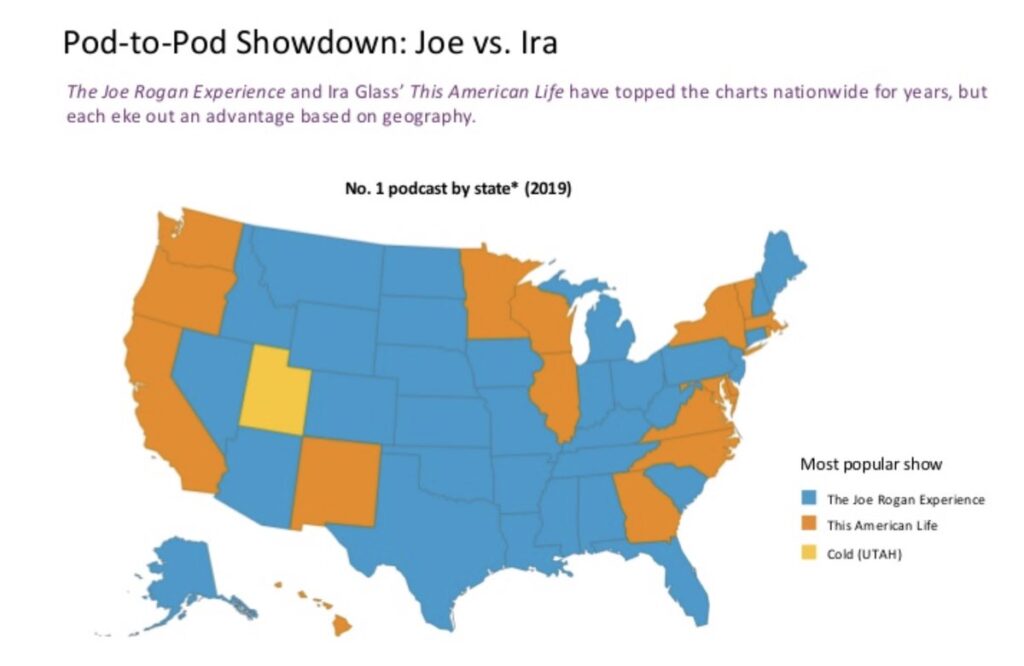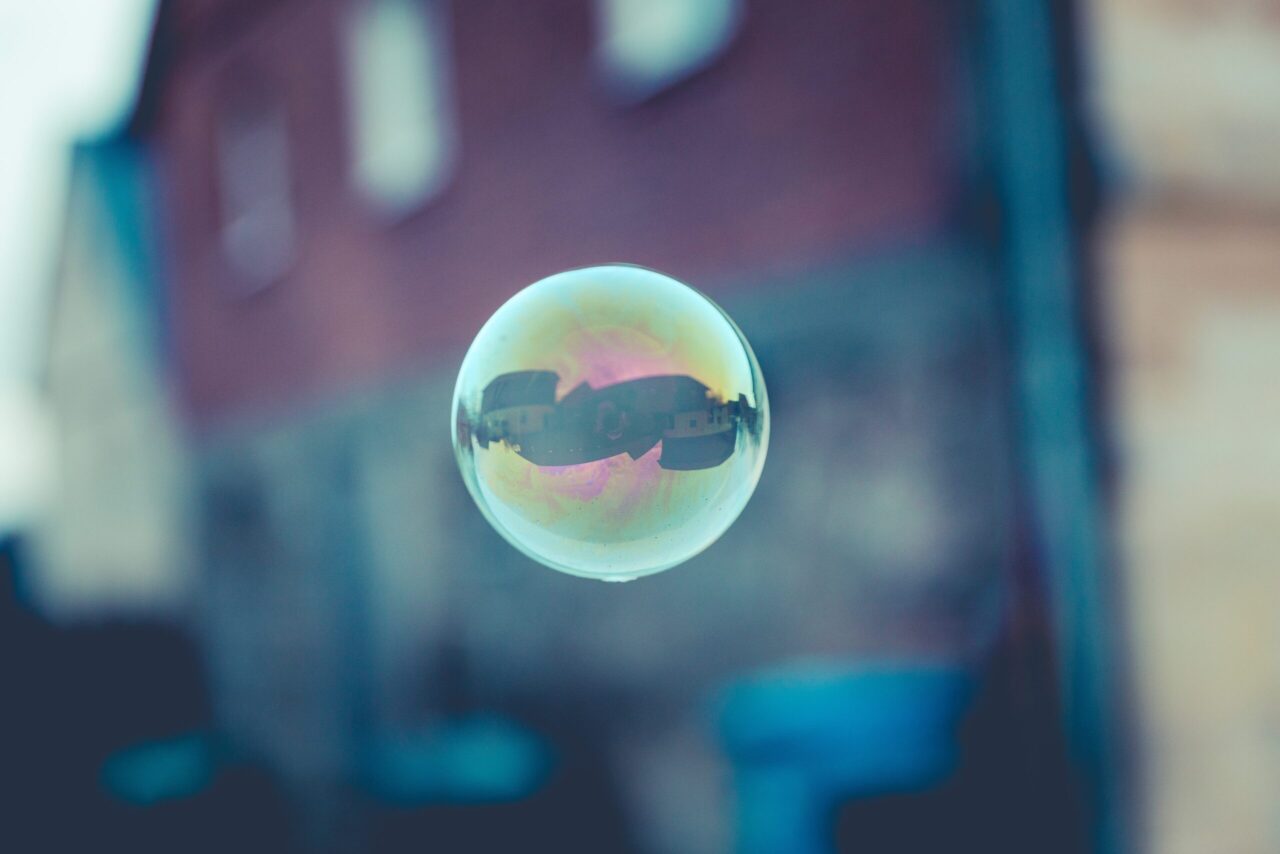We’ve all been living in bubbles since March. And the podcast world has been living in something of its own bubble.
With revenues cratering in most media sectors, podcasting has been floating above the fray. Even with downgraded growth projections, the IAB/PwC Podcast Advertising Revenue Study is expecting a double-digit increase in U.S. ad revenues for podcasting in 2020, up 15%.
The buoyancy of podcasting has attracted a lot of attention—but also some angst within the podcast community. As companies like Spotify, SiriusXM and most recently Amazon bring big dollars and big plans into podcasting, many worry that something very special will be lost.
As a media researcher who has kept an eye on podcasting over the past 15 years, I’ve watched the sector grow from a tight community proud of its independence and often guided by a social mission to what is now a much bigger business with a different set of priorities.
A lot of this revolves around the content.
Podcasting Got Its Big Start by Solving a Problem for Public Radio Listeners
Podcasting’s roots are firmly planted in public radio, where high-end storytelling and a purpose to inform and enlighten serve as its creative North Star. Podcasting in the beginning simply made listening easier for public radio fans. Instead of having to set their clock to listen to their favourite public radio show—whether it be This American Life on NPR or Quirks or Quarks on the CBC—listeners could tune in to whatever they wanted, whenever they wanted, from wherever they were.
This allowed public radio’s supremely talented storytellers to step out of the broadcast shadow. Public radio creators like This American Life’s Ira Glass and Alex Blumberg formed their own podcast companies and helped to build the podcasting ecosystem that is now being gobbled up by the likes of the NY Times (This American Life) and Spotify (Blumberg’s Gimlet Media).
The public radio ethic and highly produced storytelling approach of these pioneers continue to be a guiding light for much of the podcasting industry.
Later, Podcasting Opened the Door for Frank Conversations
A very different type of podcast started to break through in the late 2000s—the loosely structured conversation/interview format, typically hosted by comedians, often raw and unfiltered, free from FCC explicit language rules. This would include WTF with Marc Maron, The Adam Carolla Show and The Joe Rogan Experience, all of whom got their start in 2009.
These shows don’t subscribe to the sense of purpose or polish of podcasts from the public radio stream, relying instead on the independence and authenticity of the hosts. And they have spawned a growing list of similarly successful conversation/interview shows (e.g., Conan O’ Brien Needs a Friend and Armchair Expert with Dax Shepard). Barstool Sports has scored by taking much the same format to their sports podcasts like Spittin’ Chiclets.
Love ‘em or hate ‘em, the conversation/interview format has helped to take podcasts beyond its urban elite roots and has brought a whole new audience to podcasting over the past 10 years.
The folks at Stitcher painted a crystal clear picture of the two worlds of podcasting by showing the most popular podcasts by state in the excellent podcasting report released back in April of this year. As you might expect, This American Life is #1 in most of the states on the coasts, while The Joe Rogan Experience is king in most of the flyover states.

The Road to 1.4 Million Podcasts and Beyond
One of the easier things to grasp from Marshall McLuhan’s writings is that a new medium typically gets its start by taking on the content of the medium that came before. Broadcast TV brought over the hit shows from radio in the 40s and early 50s (e.g., Jack Benny, the Lone Ranger); the first online news sites (e.g., the early Yahoo.com) looked a lot like newspapers.
Then, as each medium gets its legs, it develops new forms of content that spring from the unique experience the audience has with that medium and what that medium does that couldn’t be offered by the media that came before it.
Apply that to podcasting and it’s no surprise that the first big wave of podcasts sounded a lot like public radio—or that podcasting has since been spreading its wings into new types of content on its way to 1.4 million plus podcasts.
Podcasting is different from broadcasting in a few important ways:
- The immersive listening experience on headphones/ ear buds, thanks to most podcast listening being on mobile devices;
- Low barriers to entry (no licensing requirements or transmitter costs), helping to provide almost unlimited content options; and
- Its on-demand nature—the ability of the listener to choose their pleasure from all that content and fit it into their schedule.
What makes podcasting unique is its personal and intimate nature. And publishers have been mining that territory.
The deep connection with hosts has brought a flood of A-list celebrities and experts and their fans to podcasting, Michelle Obama’s arrival on Spotify being only the most recent example.
New podcasts keep coming to meet every sort of niche interest or guilty pleasure. (Are you a reality TV fan who likes to psychoanalyze contestants? Try Psychology in Seattle where family therapist Dr. Kirk Honda will give you his expert opinion.)
Meanwhile, publishers are experimenting with new genres that are the right fit for the intimacy of the medium—the true crime genre that started with Serial and brought new listeners to podcasting is only the beginning. Encouraged by the lure of possible podcast-to-tv/film IP deals, publishers are testing the waters on other genres—QCODE for example turned their mystery sci-fi podcast, the Left Right Game into a 7-figure deal from Amazon Studios.
Podcasting—a Bubble or a Big Tent?
The business model for podcasting is clearly in a state of flux, as it veers away from the free and open access to all podcasts through RSS feeds in the iTunes/Apple Podcasts app. Spotify—and likely SiriusXM and Amazon—clearly have different ideas as they explore ways, including exclusivity agreements, to harness the power of podcasting.
Content wise though, the best part about podcasting as it evolves and expands is that it’s not a bubble, but more like a very, very big tent.
That still leaves plenty of opportunity for podcasts in the public radio mold. It’s just that they’re now sharing that big tent with a lot of other podcasts that may not share the same ethic or approach but are nonetheless welcoming new listeners to the party.
Podcasting is not a zero sum game. There’s room for every podcast, because there’s a podcast for everyone.
How do you feel about all the changes, and all the big money, that are coming into podcasting? An opportunity or threat? I’d love to hear from you. Drop me a note here, or drop by signalhillinsights.com.
